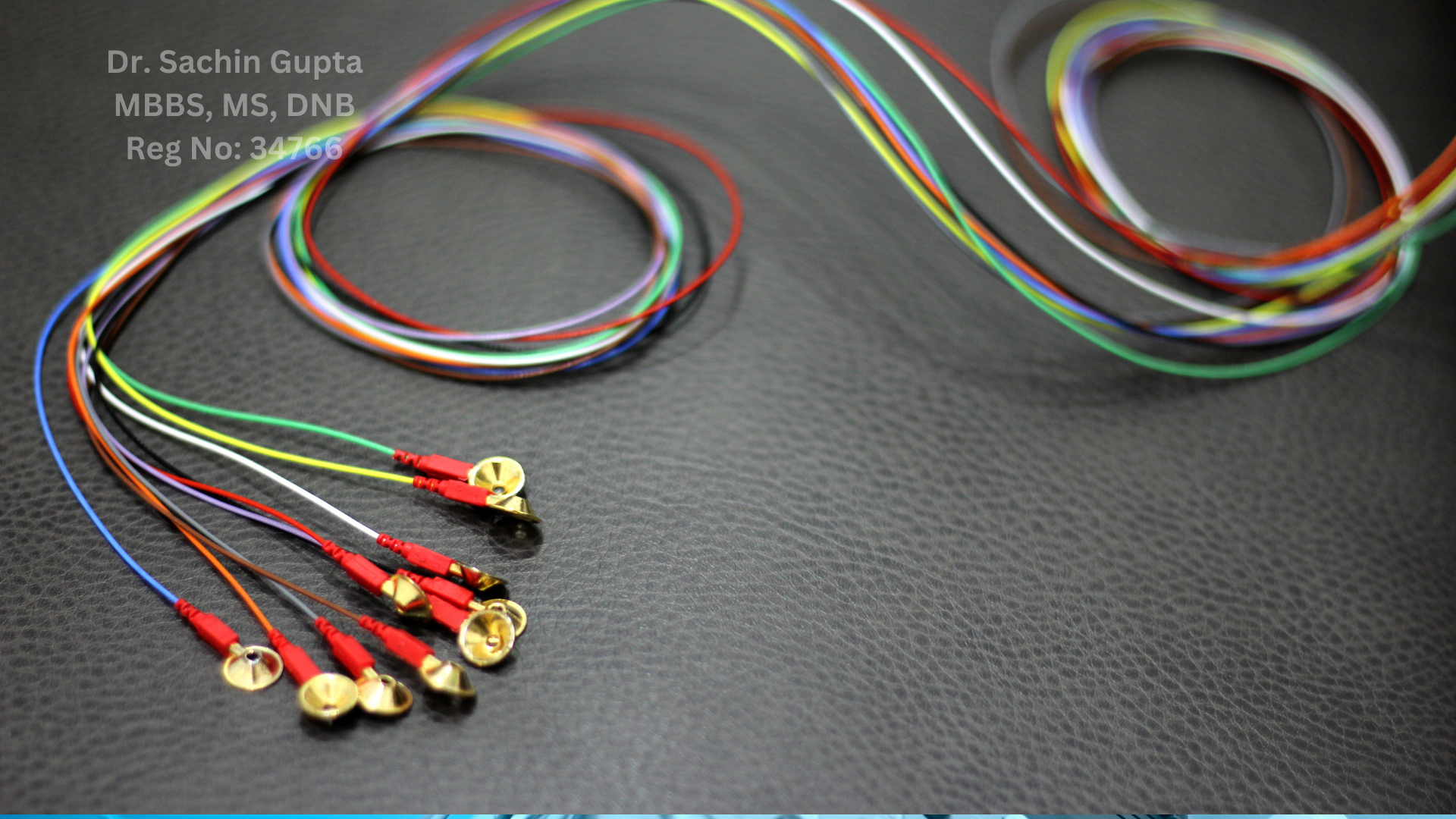Hey there, curious minds! Today, let's dive into the fascinating realm of neuroscience and explore the wonders of the Electroencephalogram (EEG). It's like taking a peek into the electrical symphony of our brains!
What is an EEG?
So, what exactly is this mouthful term, EEG? Well, think of it as a special tool that helps us understand what's happening inside your noggin. An electroencephalogram, or EEG for short, is a non-invasive test that records the electrical activity generated by your brain. Yep, you heard that right – your brain is electric!
How does it work?
Imagine your brain as a bustling city, with neurons zapping messages to each other. EEG works by placing small electrodes on your scalp, which then pick up these electrical signals. It's like eavesdropping on a conversation between neurons! These signals are then amplified and recorded, giving us valuable insights into brain activity.
Why is it used?
Now, you might wonder, why bother with all this brainwave jazz? Well, EEG is incredibly useful in diagnosing various neurological conditions. From epilepsy to sleep disorders, EEG helps doctors pinpoint abnormalities in brain function. It's like a detective unraveling the mysteries of your mind!
Different types of brain waves
Okay, let's get into the nitty-gritty. Your brain produces different types of electrical waves, each with its rhythm and frequency. We've got alpha waves, beta waves, theta waves, and delta waves. These waves can tell us a lot about your mental state – whether you're relaxed, focused, or in dreamland.
Alpha waves are like the calm, gentle breeze of your brain. They're prominent when you're feeling relaxed or meditative.
Beta waves kick in when you're awake and alert, like when you're solving a tricky puzzle or having a lively chat.
Theta waves are associated with deep relaxation or light sleep. Ever had those moments of drifting off during a boring lecture? Blame it on theta waves!
Delta waves are the slowest of the bunch and dominate during deep sleep. They're like the slow, soothing waves of the ocean lulling you into dreamland.
Applications in medicine
Beyond its diagnostic role, EEG is also used in various medical procedures. During brain surgery, for example, surgeons may use intraoperative EEG to monitor brain activity and ensure they're not inadvertently disrupting critical areas.
Future possibilities
As technology advances, so does our understanding of the brain. Researchers are constantly exploring new ways to utilize EEG, from detecting early signs of neurological diseases to developing brain-computer interfaces that allow paralyzed individuals to control computers with their thoughts. It's like science fiction coming to life!
So, there you have it – a glimpse into the electrifying world of EEG. Next time you see those squiggly lines on a brain scan, remember, that it's not just static – it's the language of your mind speaking volumes to those who know how to listen. Fascinating, isn't it?
